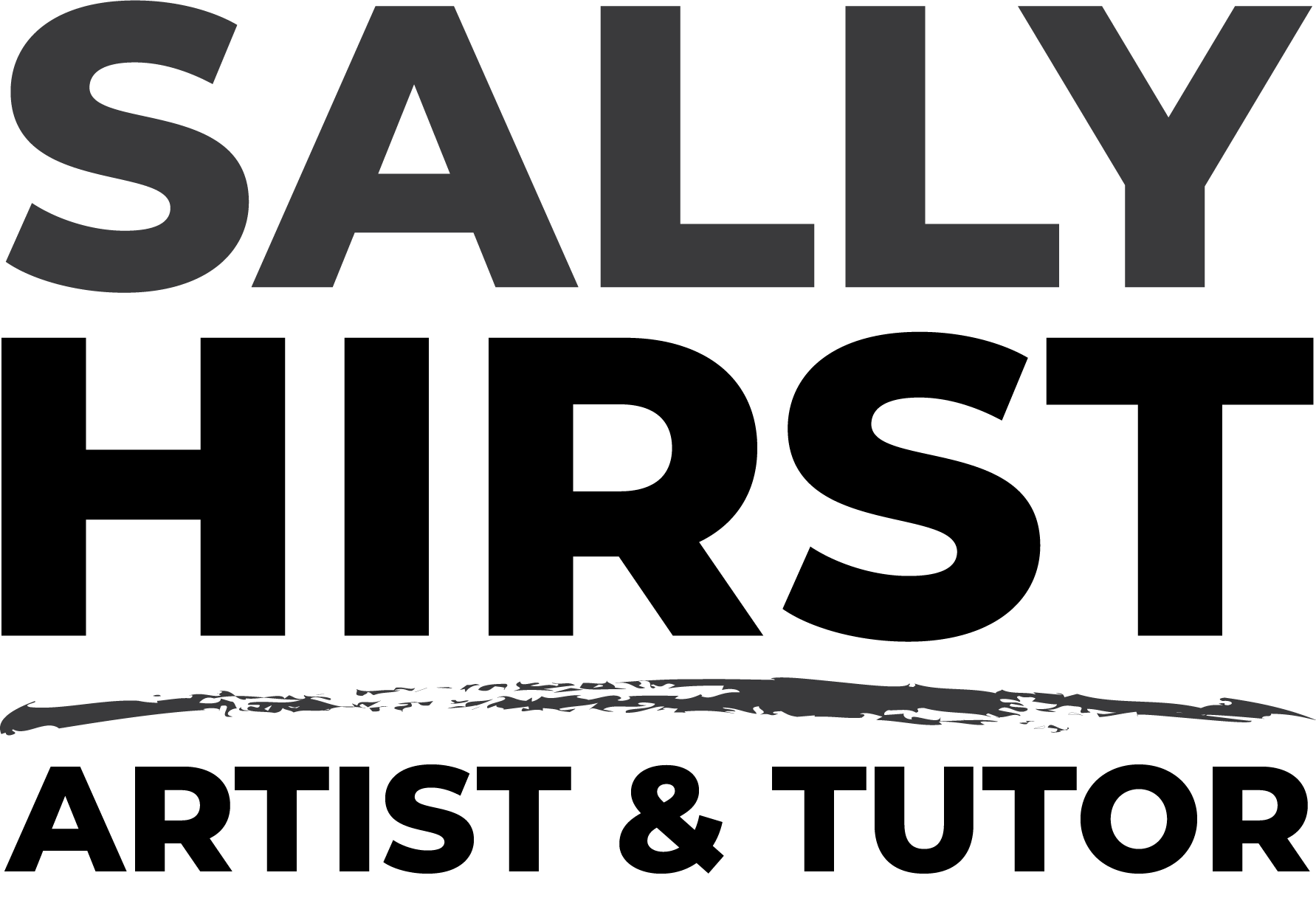Although Caroline had said we just need to make a final outcome, I felt the need to pull the project together both as a reflective, evaluative process, and as a cumulative one. Although I am aware I am in an endless journey I dont like unfinished business.
Looking around my studio it became clear that the original marks made by the La Herradura brushes should be used in some way, as a momento, a signifier. I mounted them onto panels…cropping the sections to show the fragments that I felt were the most illustrative of the marks the brushes had made.

I decided to encase them in encaustic medium. Encaustic is an ancient process dating back to the 5th century BC. In addition to being a painting medium the ancient Egyptians used beeswax when embalming, for mummification of their pharaohs and for preserving the papyrus scrolls and to protect paintings (1)
The beeswax I sourced locally, it is from the environment I have been using for this project, another layer of authenticity. With each layer of wax the marks were concealed, as if behind frosted glass. The drama of the marks, and the memory of the moment became distant as the contrast was reduced. On some areas I added fragments of the Abaca tissue prints, prints made by plates and by the marks of the brushes. Each later of wax needs to be fused to the one underneath using a heat gun, the process melts the wax, returning it to clear state …revealing the drawing underneath until it cools to the warm white. All was becoming encased, concealed, buried, the ultimate conclusion to their existence.
Finally I realised that the brushes I had made would survive the heat of the molten wax, they were made from natural elements. I added some black to the encaustic medium, reminiscent of the black ink I had originally used. Taking my two favourite brushes, the Seaweed brush that I knew would hold a body of wax, and a spiky one made from dried sugar cane leaves I applied the final layer…a ceremonial culmination of the journey. Visually the black added a shot of contrast, conceptually they signified the return to the brush, the mark, the journey. Full circle.

1 Bogdanov, Stefan. (2016). Beeswax: History, Uses, Trade. Bee Product Science

Hi Sally Really very interesting – I’m not familiar with encaustic techniques, and looked some stuff up on the internet. I need to find some examples in a gallery to look at more closely.
What are the main effects, do you think?
kindest
Bob
Hi Bob..Encaustic is bigger in Oz, US and Canada that Europe. It’s seductive…smells gorgeous dried instantly, doesn’t need vanishing etc etc. Jasper John’s brought it to the public arena in the 20c, his flag series are ephemera encased in wax.
I’m intrigued by its ability to veil…to conceal but still reveal. It’s interesting to cover, things change, blacks become greys. It’s also interesting to embed bits of paper, printed material etc. Wax is big here in Spain for various reasons, the use of beeswax as a preservative goes way back, they still use it to seal jars of wine, oil and honey. (A jar of honey was opened from Pompeii recently, sealed with wax..still edible!) the Spanish use a LOT of honey, they are quite self sufficient in terms of produce and import very little compared to UK. Finally religion….candles here are BIG business! It seemed appropriate to use it aesthetically and symbolically….
Hi Sally,
I really enjoying looking at how your work develops and sometimes wish I was a fly on one of the walls in your studio so that I can absorb visually all these fascinating developments and experiments. Where do you get your ideas from??
Thanks Elena. I have no idea where my ideas come from! One thing leads to another.. “Oooh..like that, what if I……?” Many years of teaching A level (16-18yrs) with all the students working individually on different products with different media has given me the ability to shift gear within minutes, and to know a lot about a lot of media? The downside is I flit about without really focussing, reflecting etc… hence the MA….😂
My uncles were all architects and I would have loved to have done that, but my education was disrupted so I didnt have the Maths qualification to study architecture..but the urban and rural environment has been a constant subject in my art. I travel a lot, and take lots of photographs, usually of close up textures, old doors, geology, electric cables,.. etc….
i like the idea that you wanted to encase your samples in aucaustic. Preserving/ embalming snippets of the ‘mountains’ of experiments that you did. Taking inspiration from the Egyptians.
I always wonder what to do with the ‘mountains’ of experiments i do. One brings these things to life – then what?